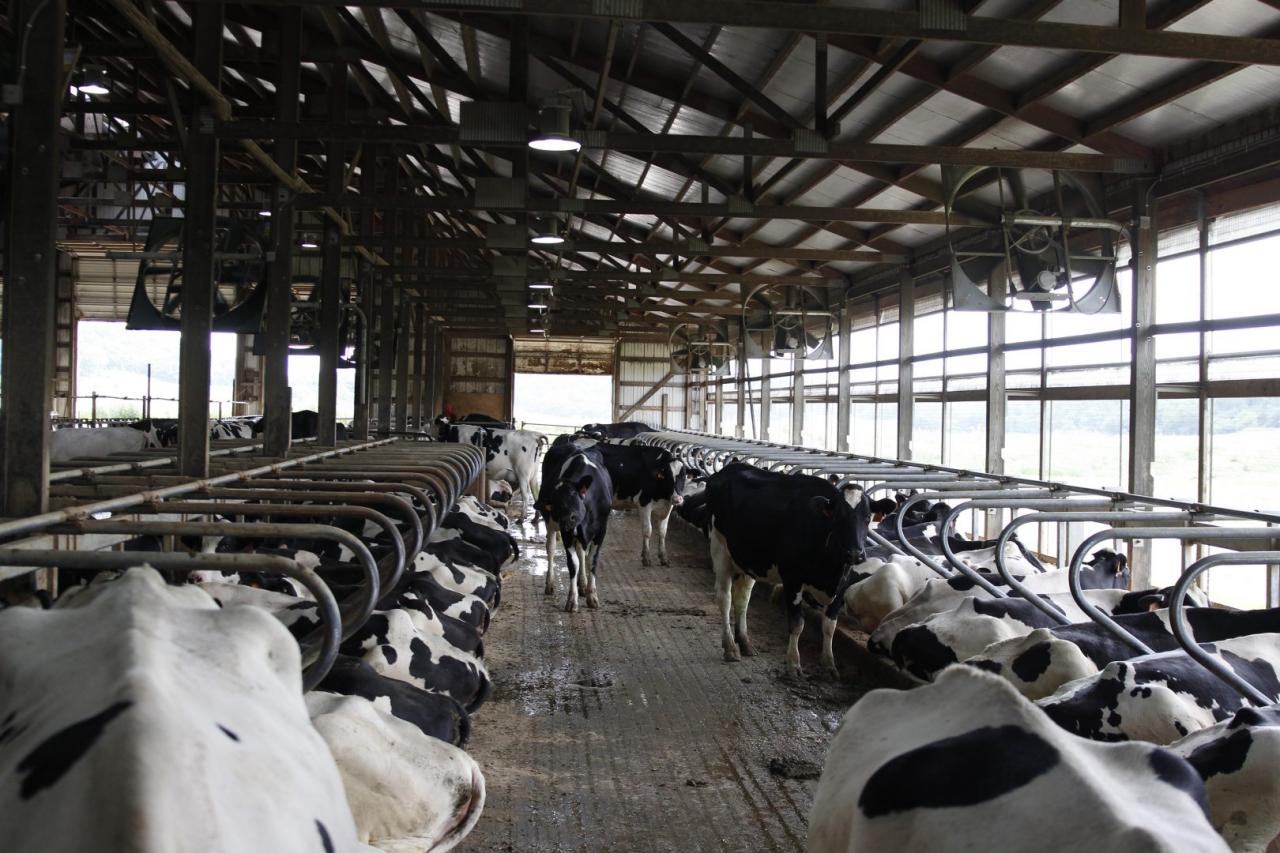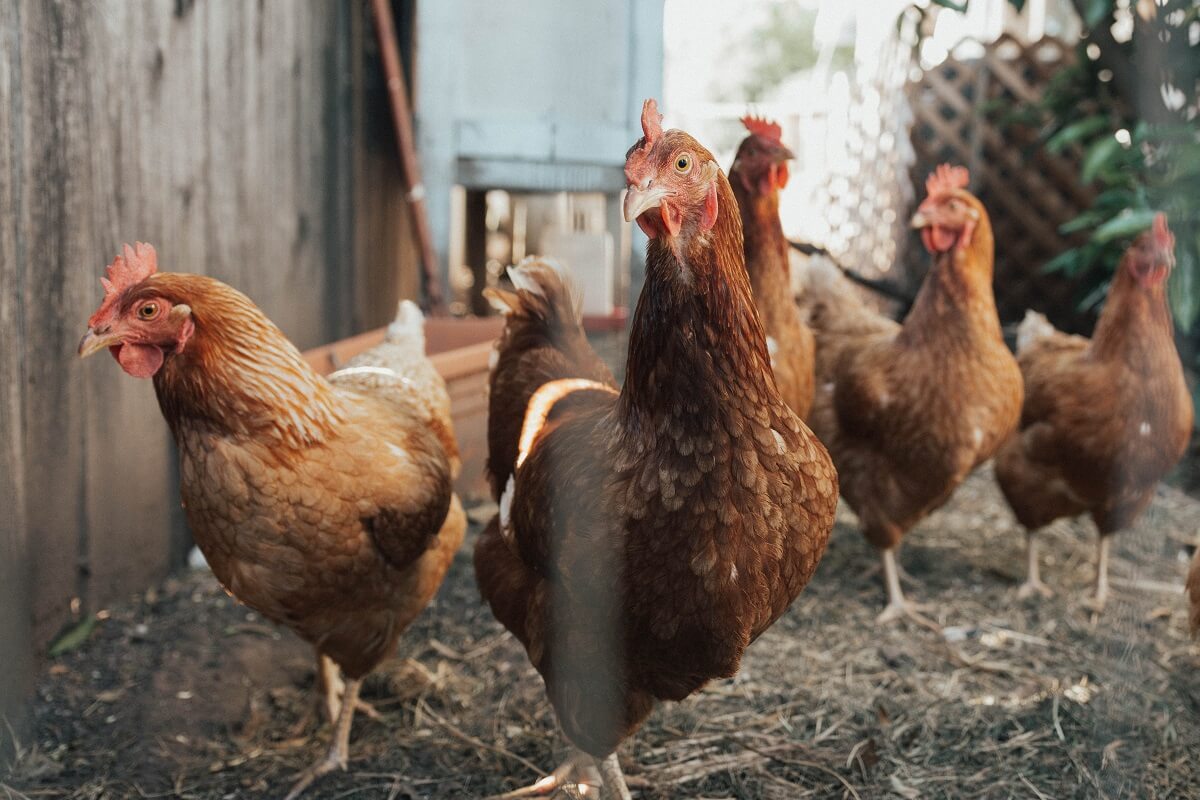H5N1 in milk has emerged as a pressing concern, raising questions about the potential transmission of this deadly virus through milk consumption. This article delves into the risks associated with consuming milk from infected animals, its impact on public health, and the measures taken to prevent and control H5N1 contamination in milk production.
The article explores the pathways of H5N1 transmission through milk, discussing the risk factors associated with consuming milk from infected animals. It examines the potential impact of H5N1 contamination in milk on public health, citing examples of past outbreaks and their consequences.
Transmission and Risk Factors

H5N1 can potentially be transmitted to humans through the consumption of milk from infected animals. The virus is shed in the respiratory secretions and feces of infected birds, and it can contaminate milk during milking or processing.
Risk factors for consuming milk from infected animals include:
- Consuming raw or unpasteurized milk
- Consuming milk from animals that have been in contact with infected birds
- Consuming milk from animals that have shown signs of respiratory illness
Public Health Implications
H5N1 contamination in milk can have significant public health implications. The virus can cause severe respiratory illness in humans, and it can be fatal in some cases. Outbreaks of H5N1 infection in poultry have been associated with human infections and deaths in several countries.
For example, in 2004, an outbreak of H5N1 infection in poultry in Thailand led to the infection of 18 people, resulting in six deaths.
Detection and Surveillance
H5N1 can be detected in milk using a variety of methods, including:
- PCR (polymerase chain reaction)
- ELISA (enzyme-linked immunosorbent assay)
- Virus isolation
Surveillance programs are essential for preventing outbreaks of H5N1 infection in poultry and humans. These programs involve monitoring poultry flocks for signs of infection and testing milk from infected animals.
Prevention and Control Measures: H5n1 In Milk
There are a number of measures that can be taken to prevent H5N1 contamination in milk production, including:
- Vaccinating poultry against H5N1
- Practicing good biosecurity measures on poultry farms
- Pasteurizing milk to kill the virus
Pasteurization is a heat treatment process that kills bacteria and viruses in milk. It is the most effective way to prevent H5N1 contamination in milk.
Treatment and Management
There are no specific treatments for H5N1 infection in humans. Treatment is supportive and includes measures such as:
- Antiviral medications
- Oxygen therapy
- Mechanical ventilation
Early diagnosis and treatment are essential for improving the chances of survival.
Economic Impact

Outbreaks of H5N1 infection in poultry can have a significant economic impact on the dairy industry. The virus can cause widespread culling of poultry flocks, leading to a decrease in milk production and an increase in milk prices.
In addition, outbreaks of H5N1 infection in humans can lead to a decrease in consumer confidence in milk and other poultry products.
Research and Development
There is ongoing research to develop new methods for detecting, preventing, and treating H5N1 infection. This research includes:
- Developing new vaccines for poultry
- Developing new antiviral medications for humans
- Developing new methods for detecting H5N1 in milk
This research is essential for protecting the public from H5N1 infection.
Regulatory Framework
There are a number of regulatory measures in place to prevent and control H5N1 infection in milk production. These measures include:
- Requiring poultry farmers to vaccinate their flocks against H5N1
- Requiring poultry farmers to practice good biosecurity measures
- Requiring milk producers to pasteurize milk
These measures are essential for protecting the public from H5N1 infection.
Education and Awareness

Educating the public about H5N1 infection is essential for preventing outbreaks. This education should include information about the virus, its symptoms, and how to prevent infection.
There are a number of educational campaigns and resources available to help educate the public about H5N1 infection. These campaigns and resources can be found on the websites of the World Health Organization, the Centers for Disease Control and Prevention, and other public health organizations.
Closing Summary
In conclusion, H5N1 in milk poses a significant threat to public health and the dairy industry. The article highlights the importance of implementing stringent prevention and control measures, including pasteurization and surveillance programs, to minimize the risk of outbreaks. Continued research and development are crucial for developing new detection methods, vaccines, and treatments.
By raising awareness and educating the public, we can contribute to preventing and mitigating the impact of H5N1 in milk.